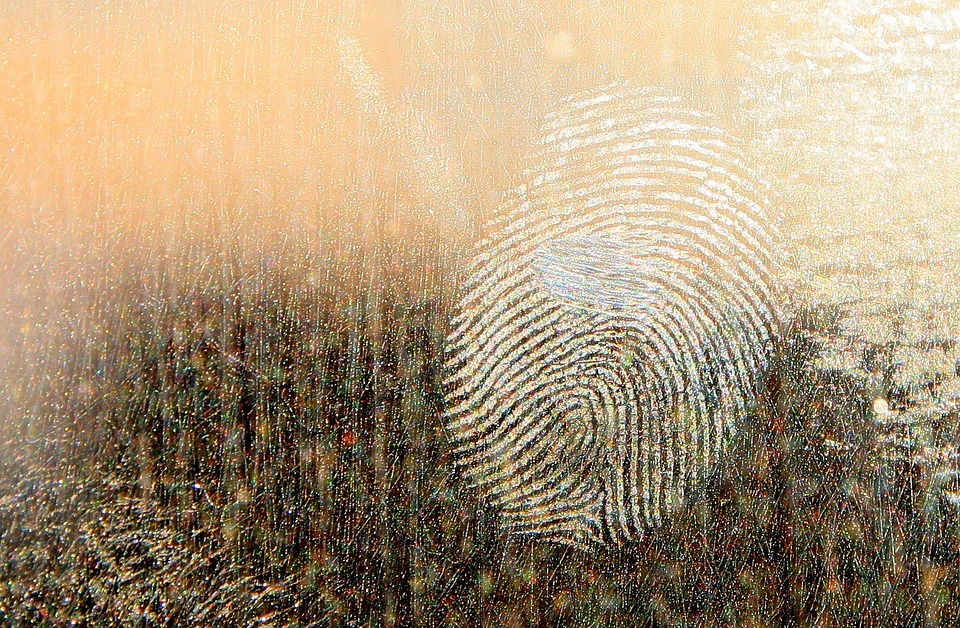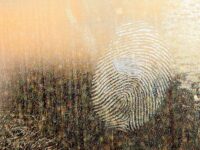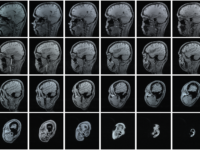On September 30 2020, Lacino Hamilton was released from a prison near Detroit, Michigan after serving 26 years for a crime he did not commit — thanks to a piece of DNA the size of a grain of salt. The DNA technology used to clear Hamilton did not become widespread until the late 1990s, after Hamilton had been tried and convicted. To date in the United States, 375 people have been exonerated by DNA evidence as developments in the accuracy of forensic science in the past 30 years have given new light to the validity of prior criminal convictions.
To date in the United States, 375 people have been exonerated by DNA evidence.
The process of identifying a perpetrator of a crime can involve many different methods, but police typically rely on eyewitness identification through police lineups to initially identify suspects. However, eyewitness accounts are actually more unreliable than many people assume. Psychologists have found that in recounting a previous experience, eyewitnesses can incorporate other information into their memory unintentionally, introducing inaccuracies to a person’s recollection. A 1995 study had subjects read accounts of four events from their lives, one of which, unbeknownst to the subject, was an event that had never occurred. When asked about the events they had read about, nearly one-third of subjects recalled having experienced the false event; two weeks later, 25 percent of subjects still recalled having experienced the event. This study shows that an individual can misremember events when it is suggested that the event occurred in a certain way. The results of this study are consistent with criminal cases in which the person was later cleared with involvement in the crime. Eyewitness misidentification contributed to the convictions of nearly 70 percent of the 375 people in the United States who have been exonerated by DNA evidence.
DNA technology became more reliable in the mid-1990s, and the use of DNA evidence in the identification of criminal perpetrators by law enforcement is now common. Across all humans, the composition of the majority of DNA is nearly identical, but researchers have found that within certain sections of DNA, there are repeated sequences that vary in length across individuals. Short tandem repeats (STRs) are one type of repeated sequence that can be easily compared across individuals. In order to identify an individual as being the perpetrator of a crime, the FBI compares 13 key STRs from the DNA found at the crime scene to the STRs of the individual suspect. If the STRs of the crime scene DNA do not match the STRs of the individual, the suspect is excluded as the perpetrator. If the STRs of the crime scene DNA match the STRs of the individual, then this is strong evidence that the individual is the perpetrator, however, more evidence is needed to form a definite conclusion because of the possibility of chance matches.
DNA technology became more reliable in the mid-1990s, and the use of DNA evidence in the identification of criminal perpetrators by law enforcement is now common.
While developments in forensic science have led to the reexamination of prior convictions, the misapplication of forensic science has also led to wrongful convictions. Faulty forensic science has contributed to the wrongful convictions of 45 percent of the 375 people exonerated by DNA evidence. Often, this is due to methods that were accepted at the time but now have been disproven. One notable example of this is in fire science. For many years, arson experts identified an intentional, acceleratant-based fire using the appearance of the scene of the fire after the fire was put out. A 1994 study by the National Fire Protection Association (NFPA) found that many of these physical features could be present in either intentionally set fires or accidental fires. Many arson experts refused to accept the findings of this report until the early 2000s. In 2004, Cameron Todd Willingham, who had consistently pleaded innocent for not starting the house fire that killed his three children, was executed, despite all of the physical features of that fire having been identified in the NFPA report as features that could be present in accidental fires.
Advancements in forensic science over the past 30 years have led to the reevaluation of many criminal cases.
Advancements in forensic science over the past 30 years have led to the reevaluation of many criminal cases, including those in which the convicted individual had been incarcerated for the majority of their life for a crime they did not commit. As law enforcement agencies continue to reexamine cases using modern scientific developments, it is important to remember the impact that forensic science has on the lives of people such as Cameron Todd Willingham and Lacino Hamilton, whose lives have been lost or forever changed because of the failures of forensic science.
Psychiatric Annals (1995). DOI: 10.3928/0048-5713-19951201-07
Image source: Pixabay.






